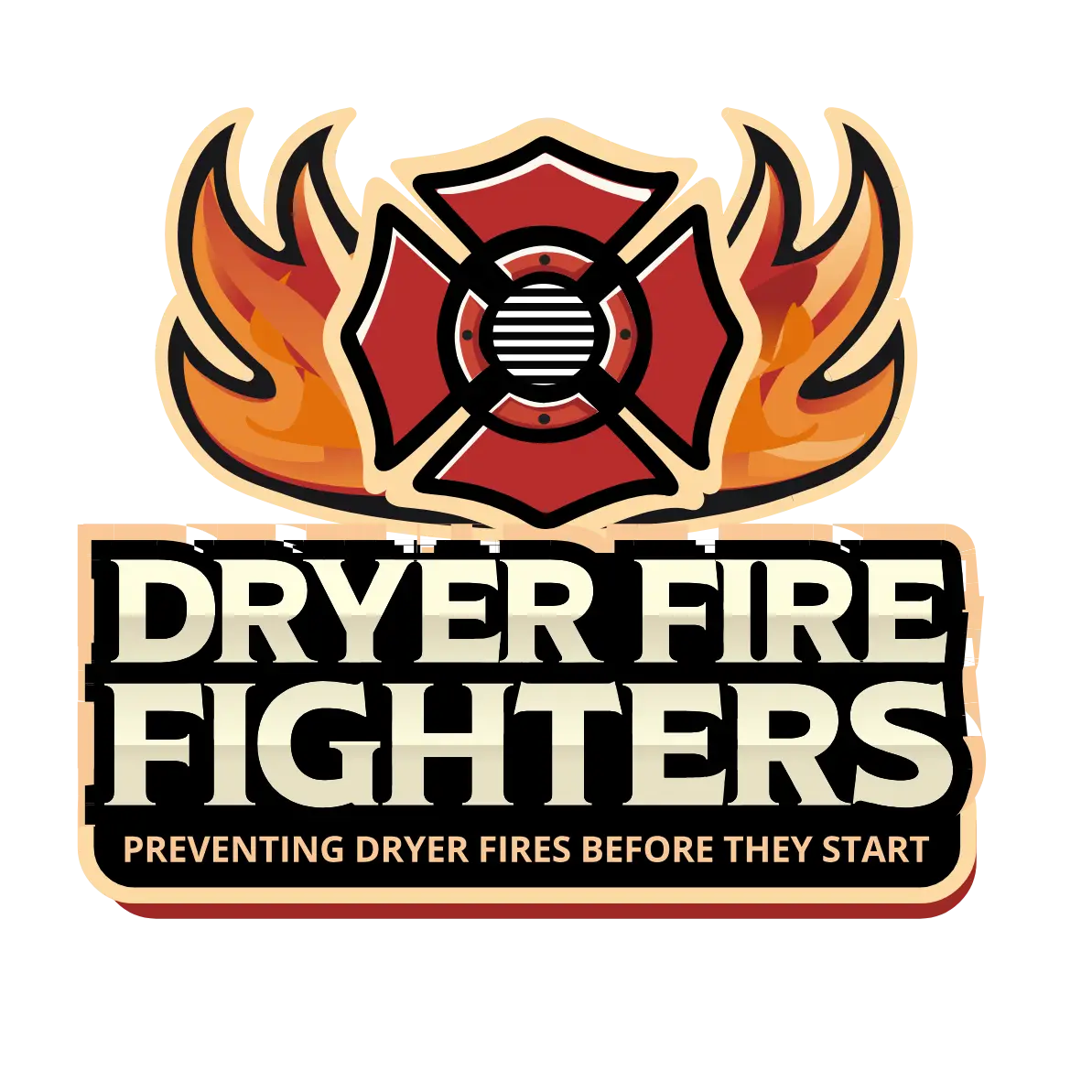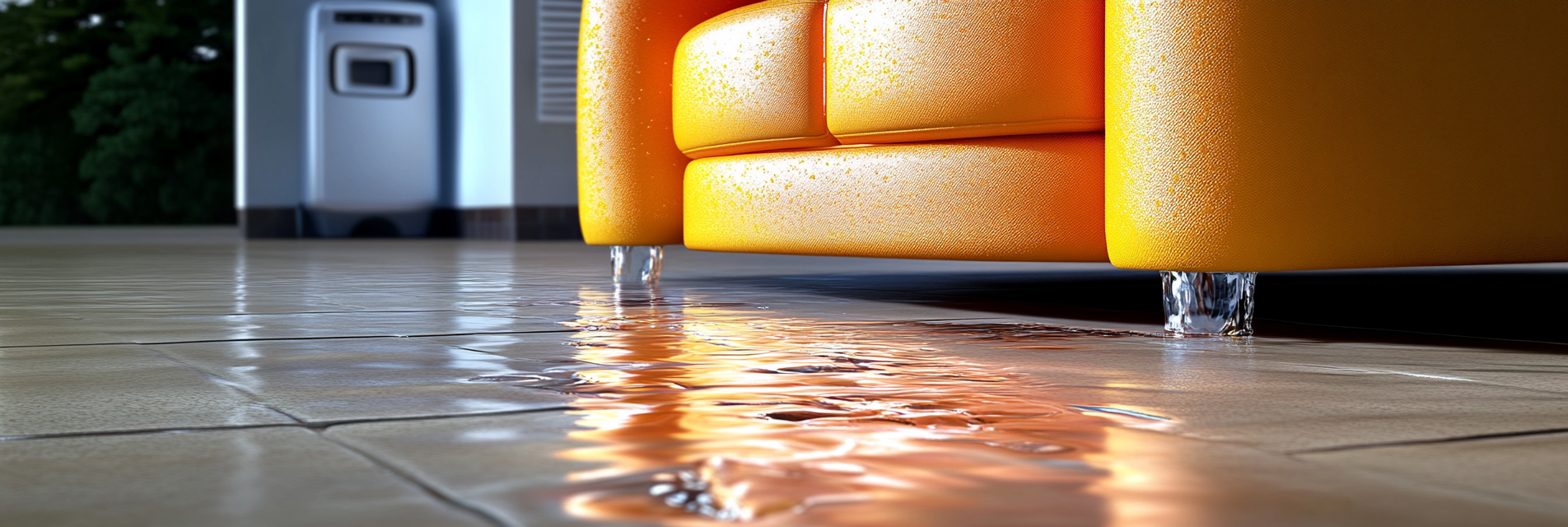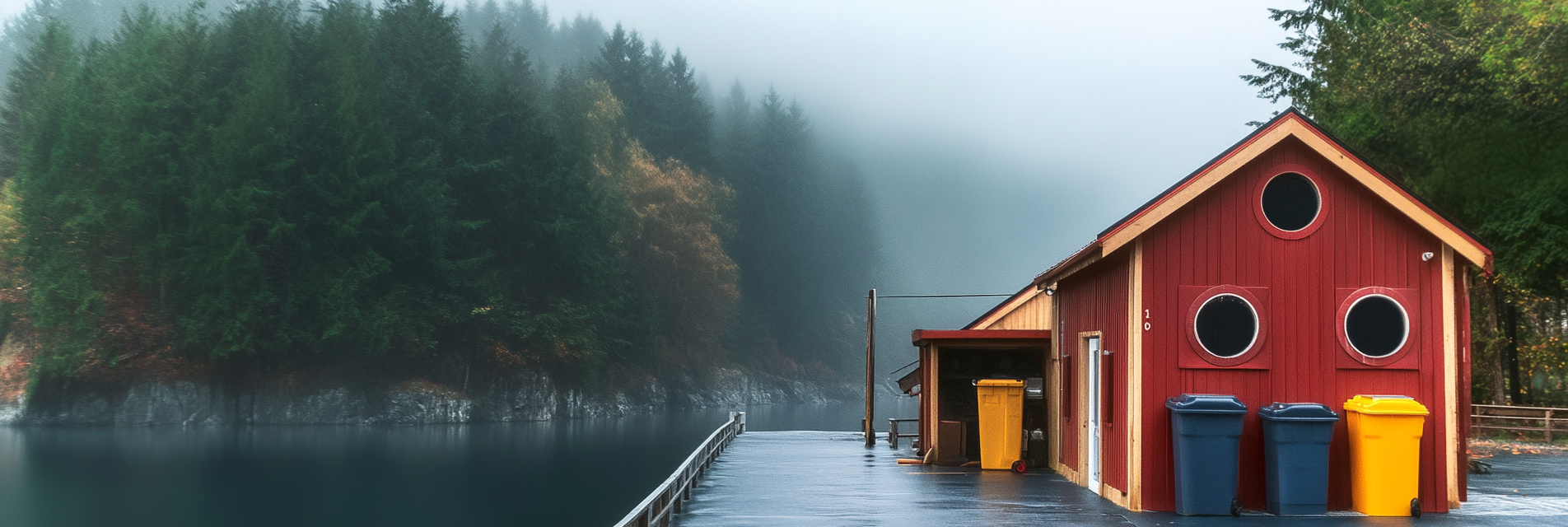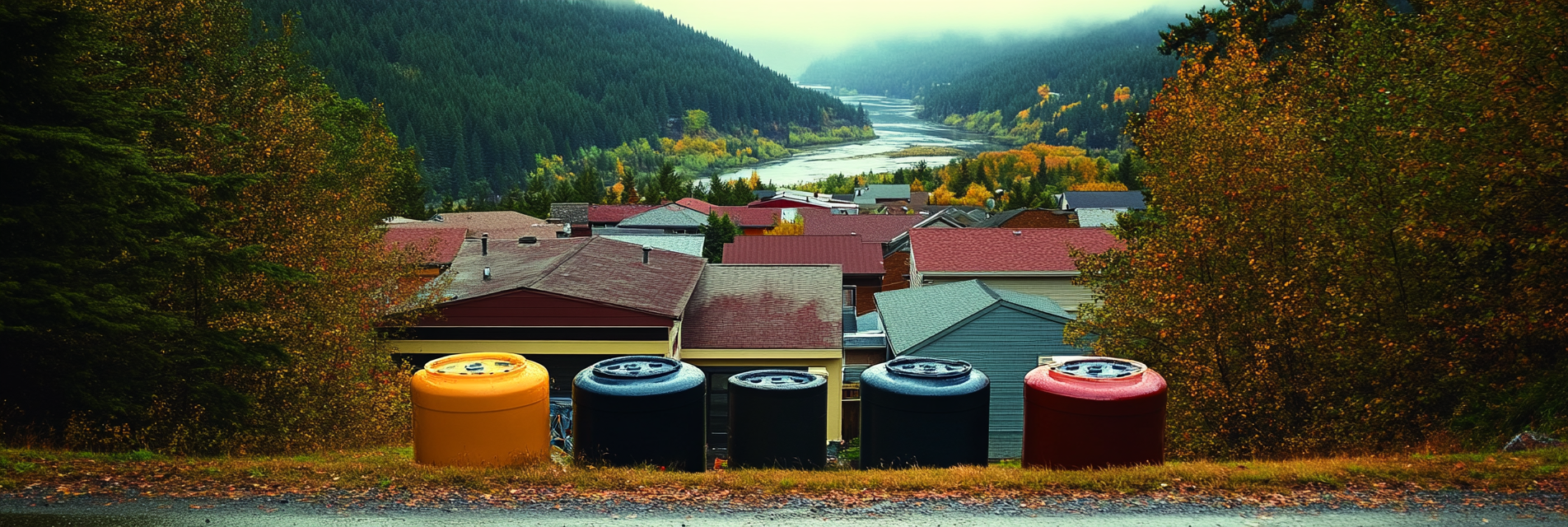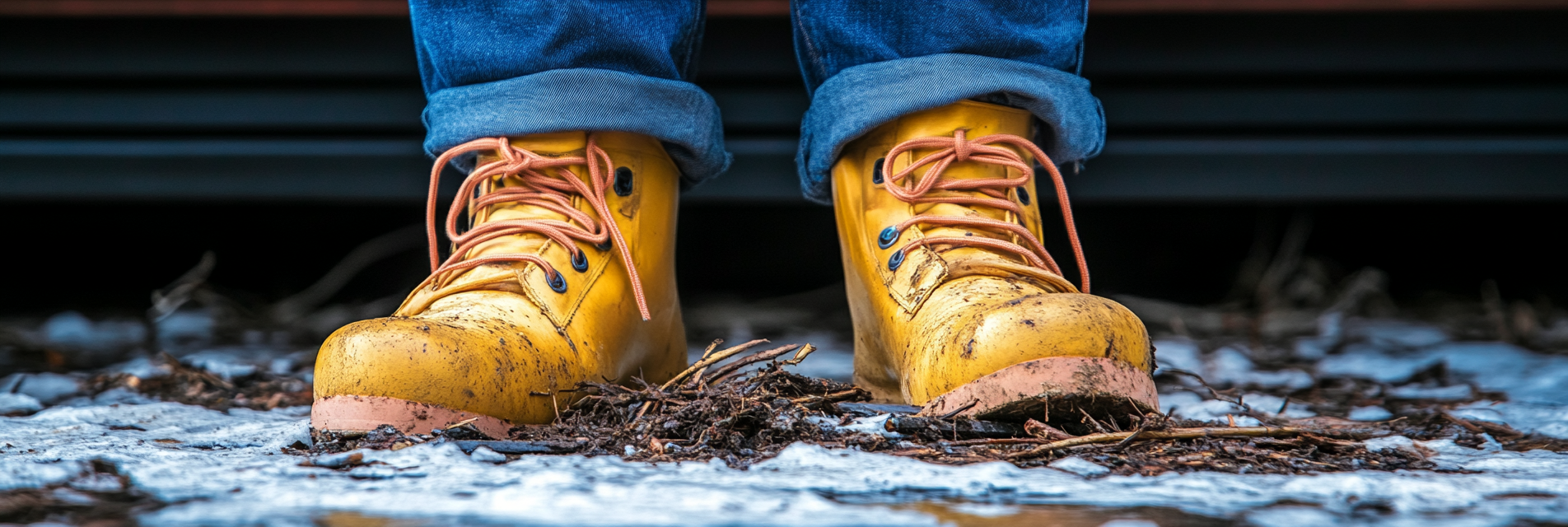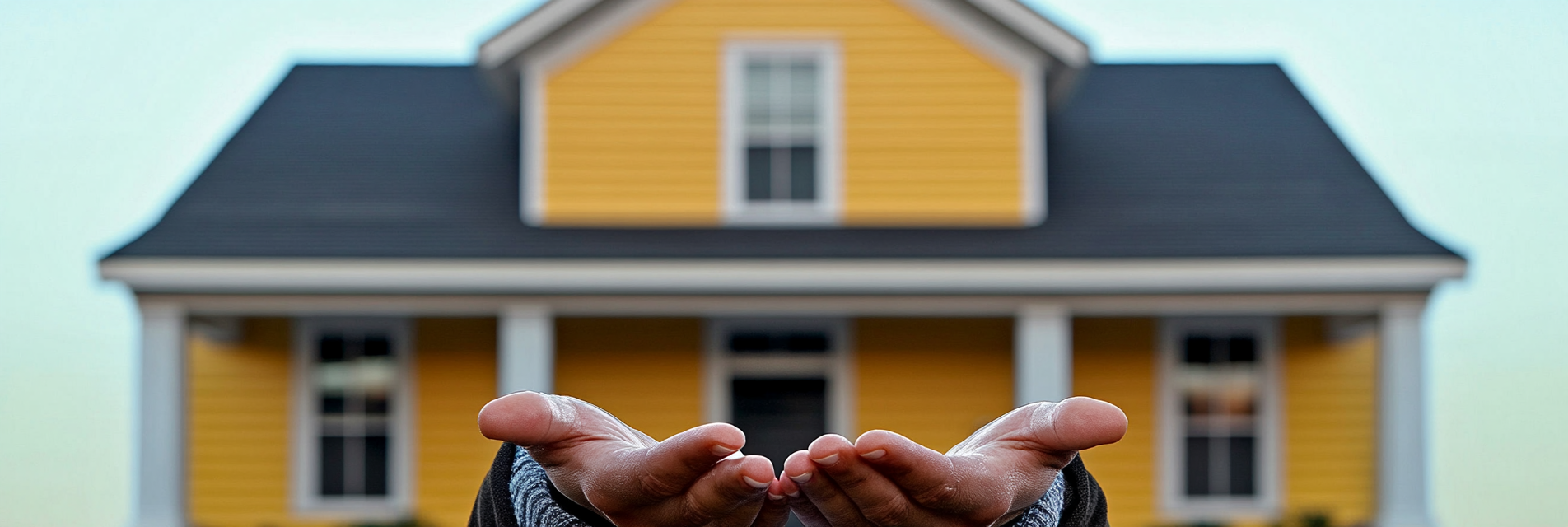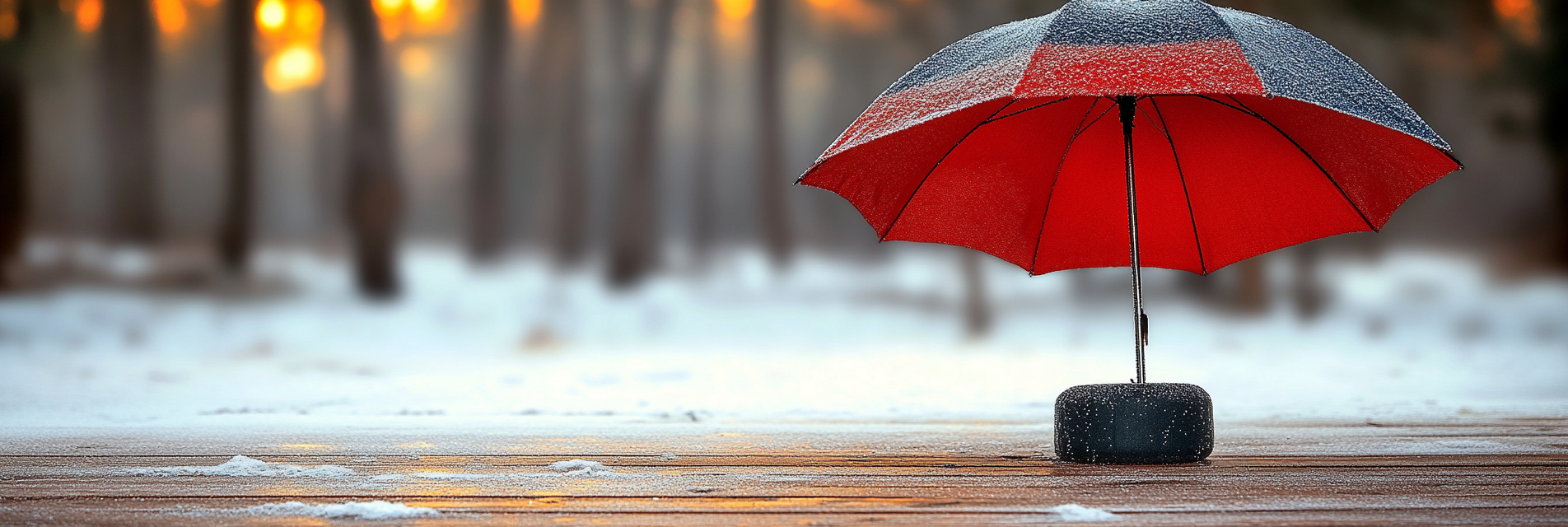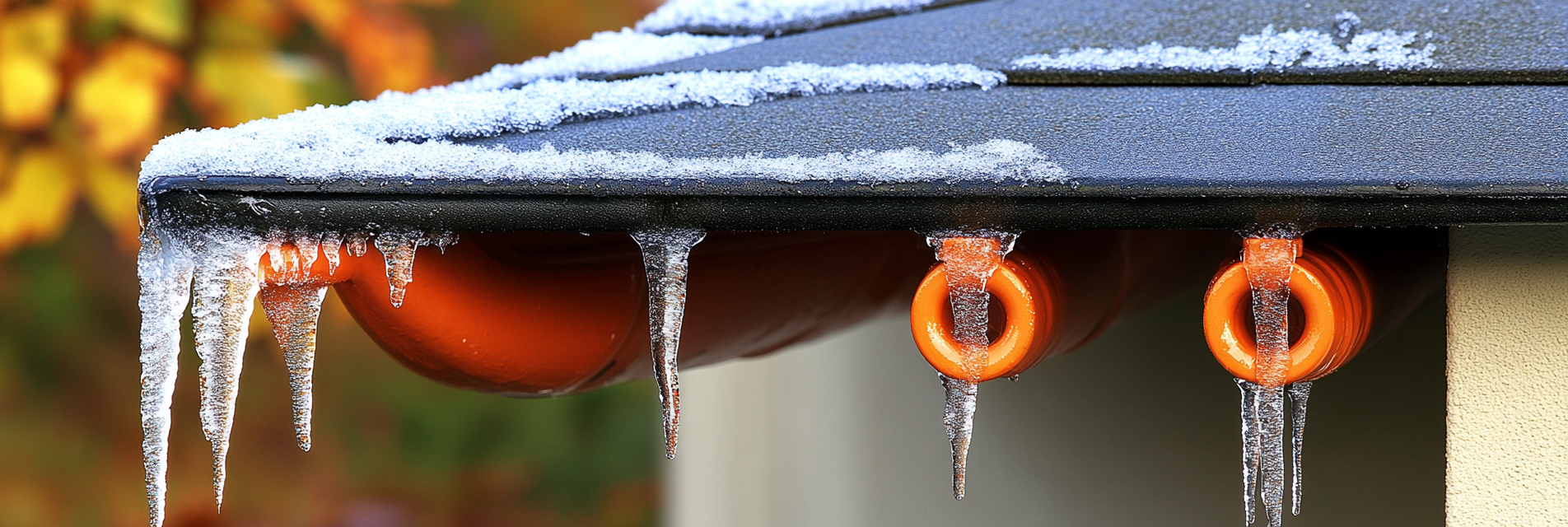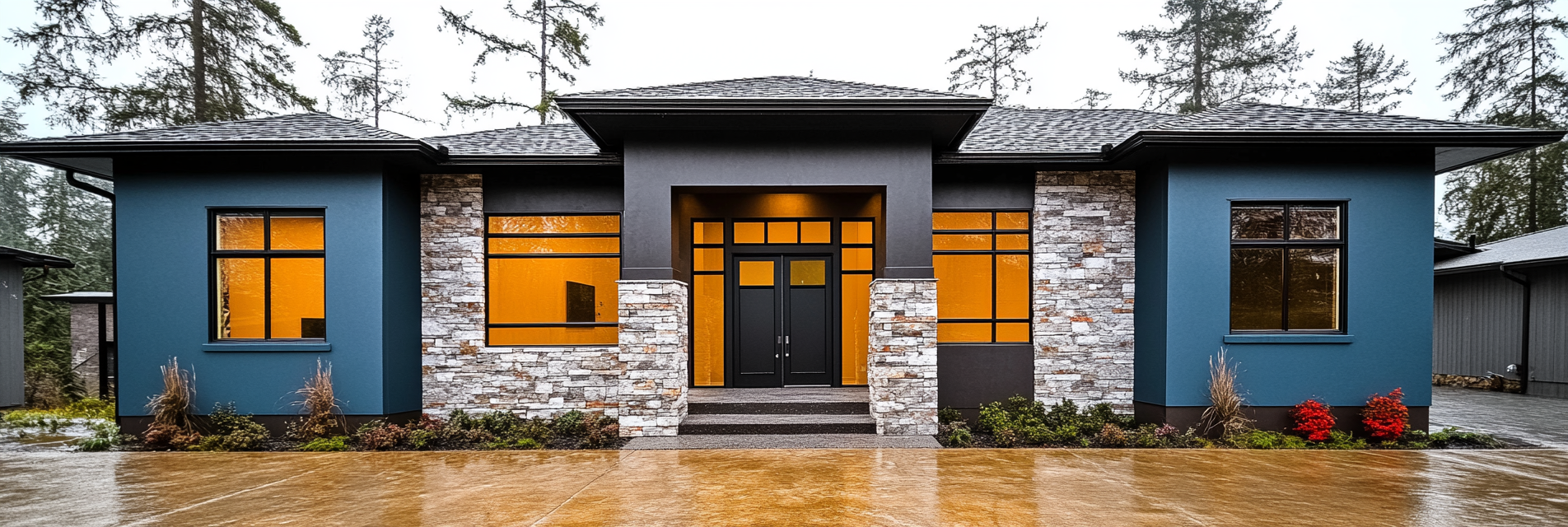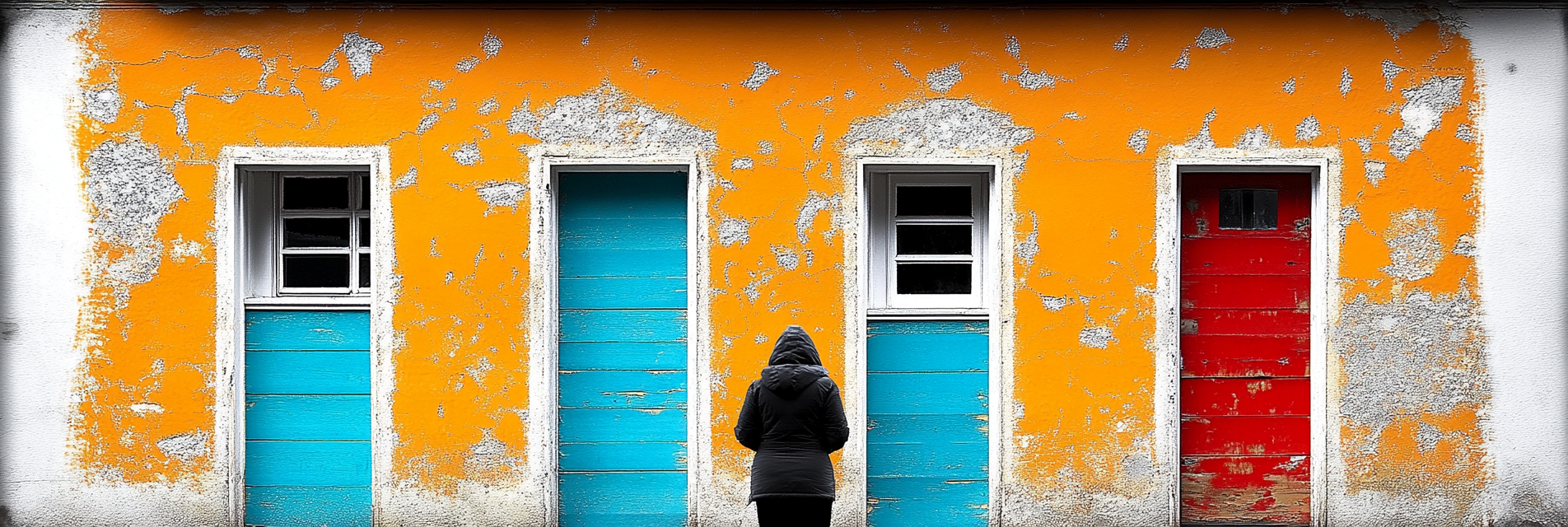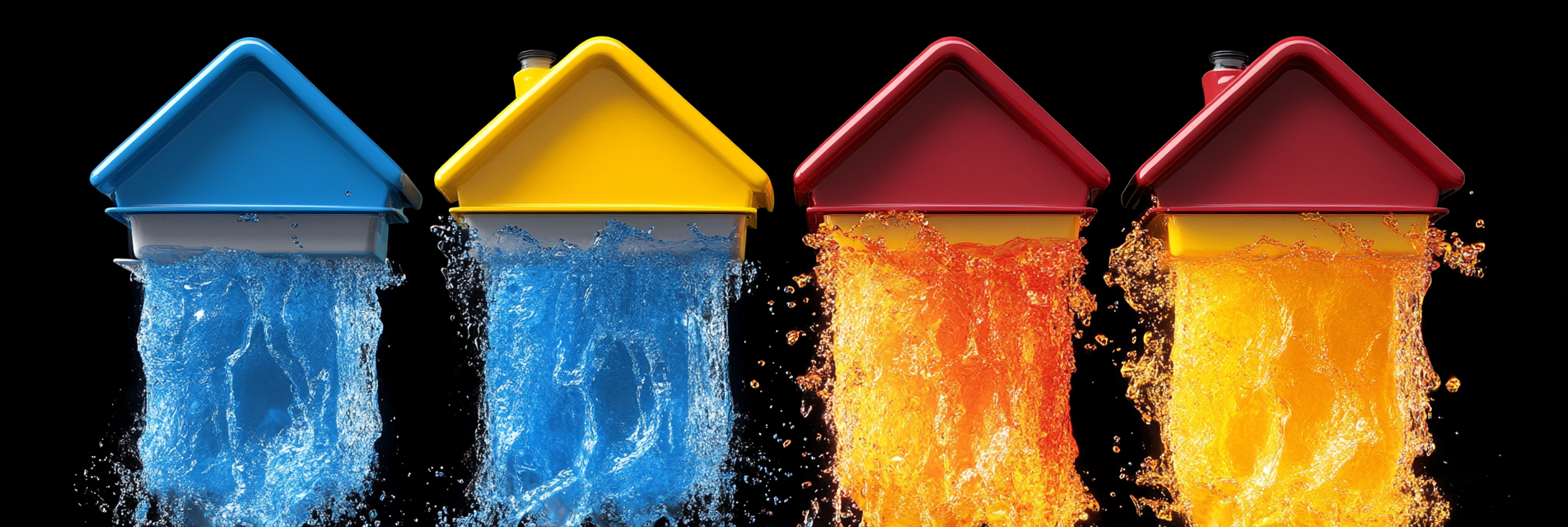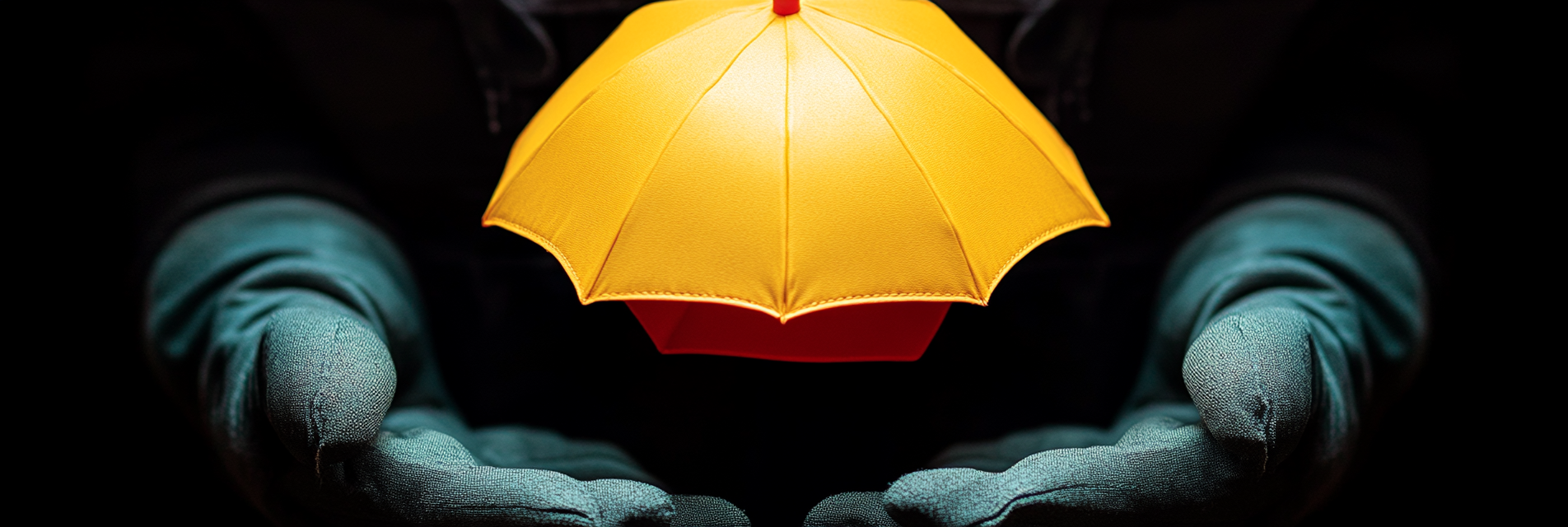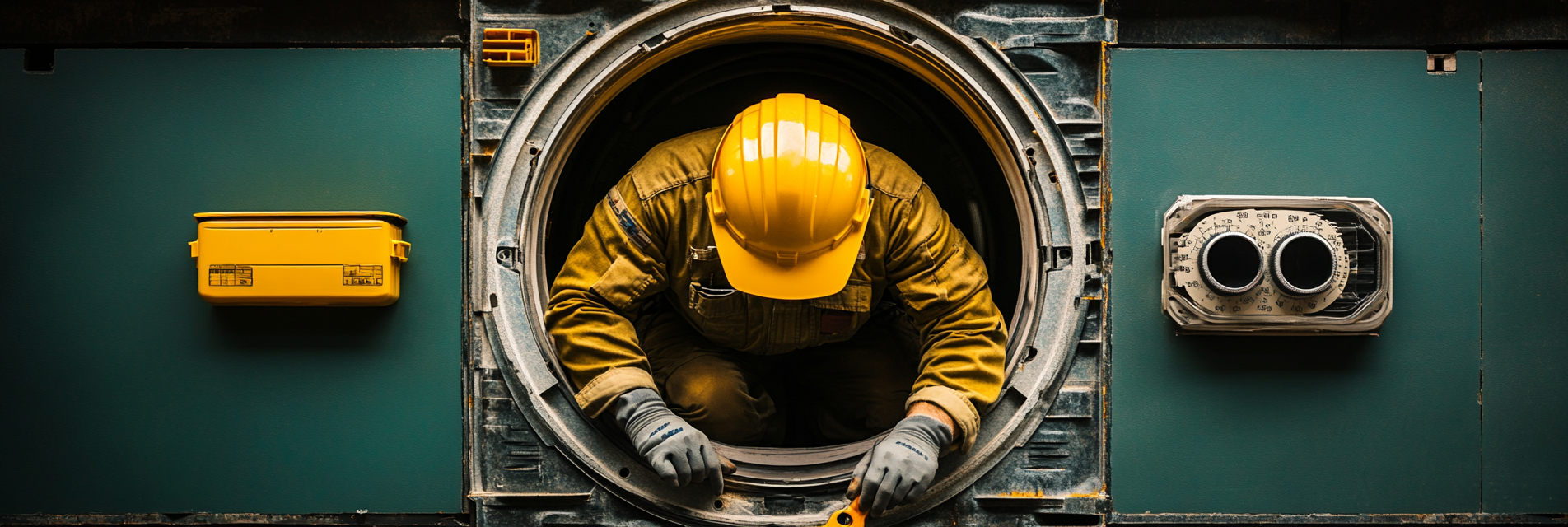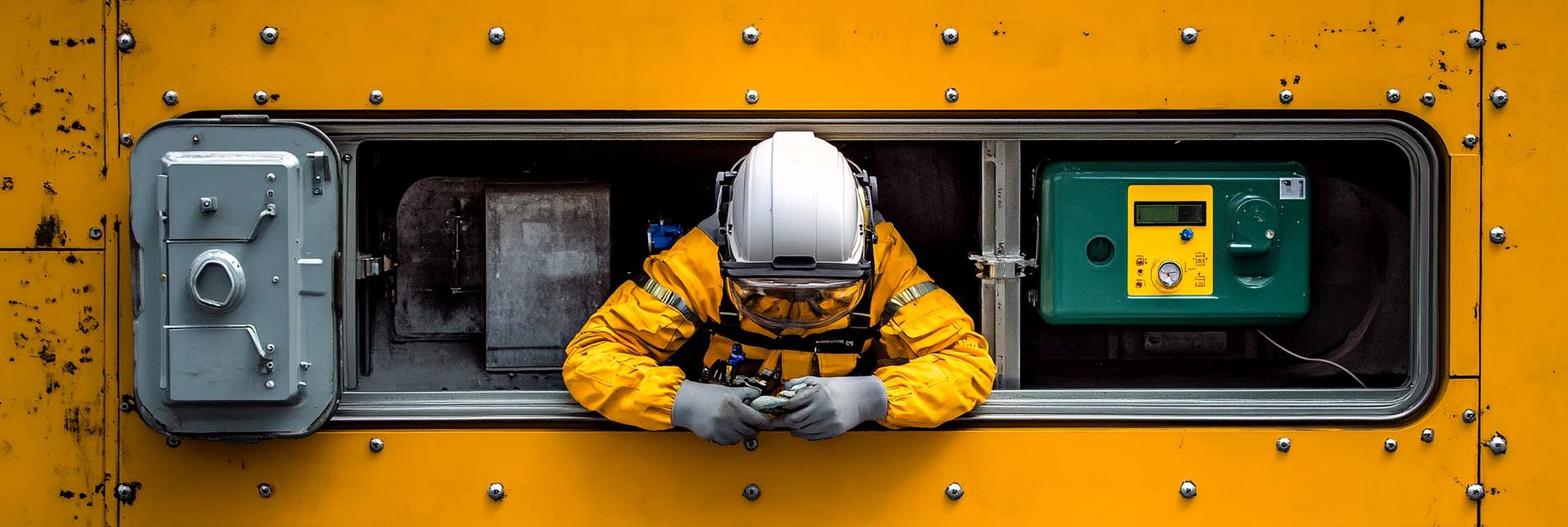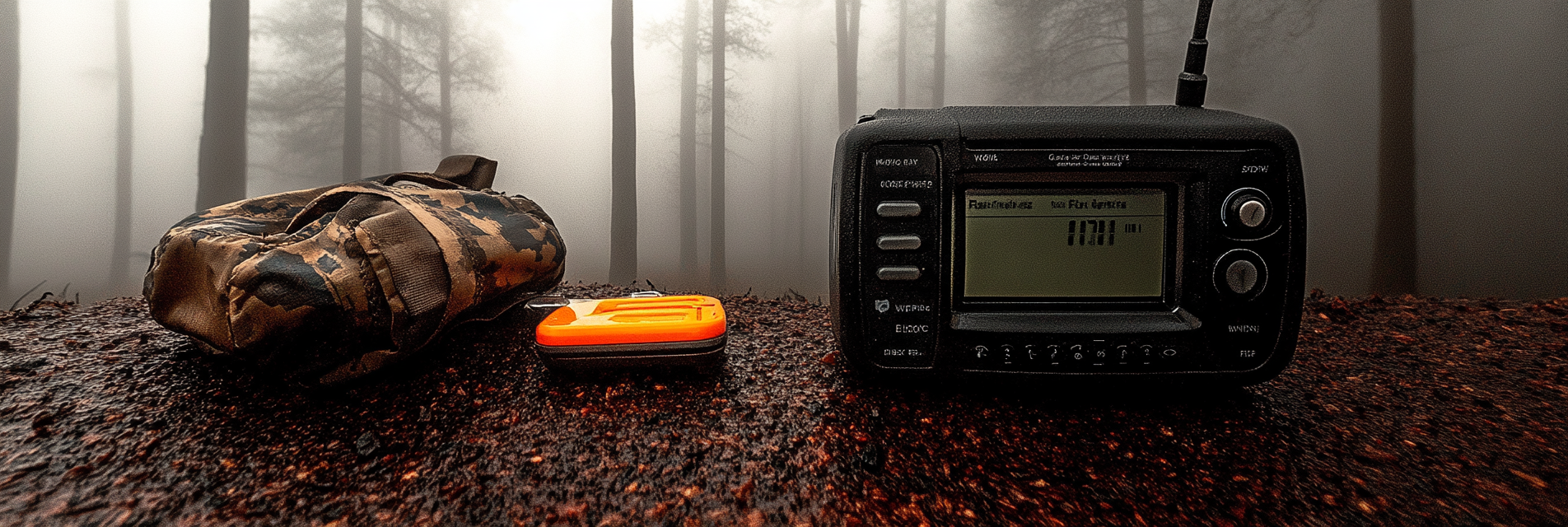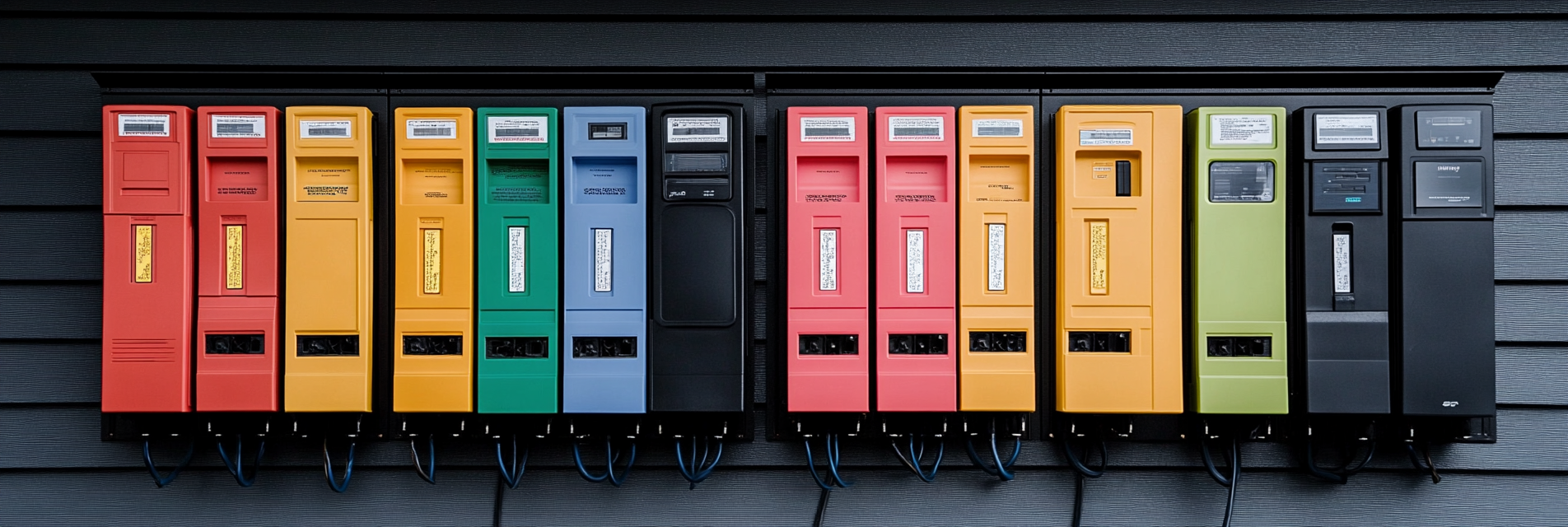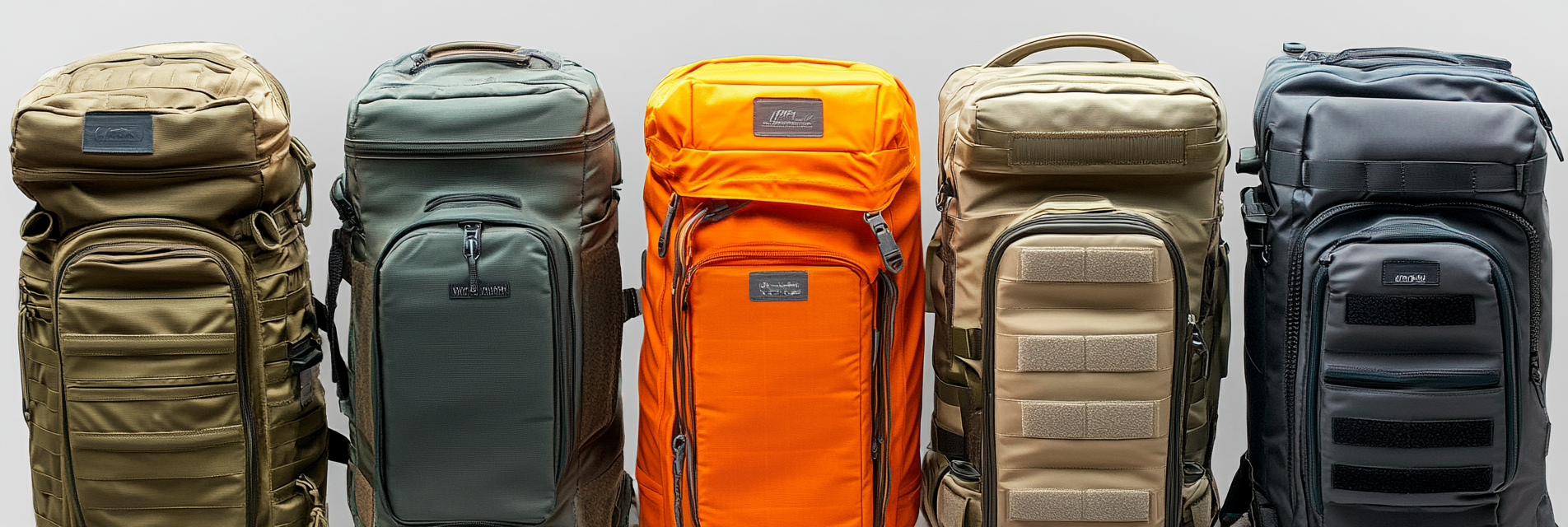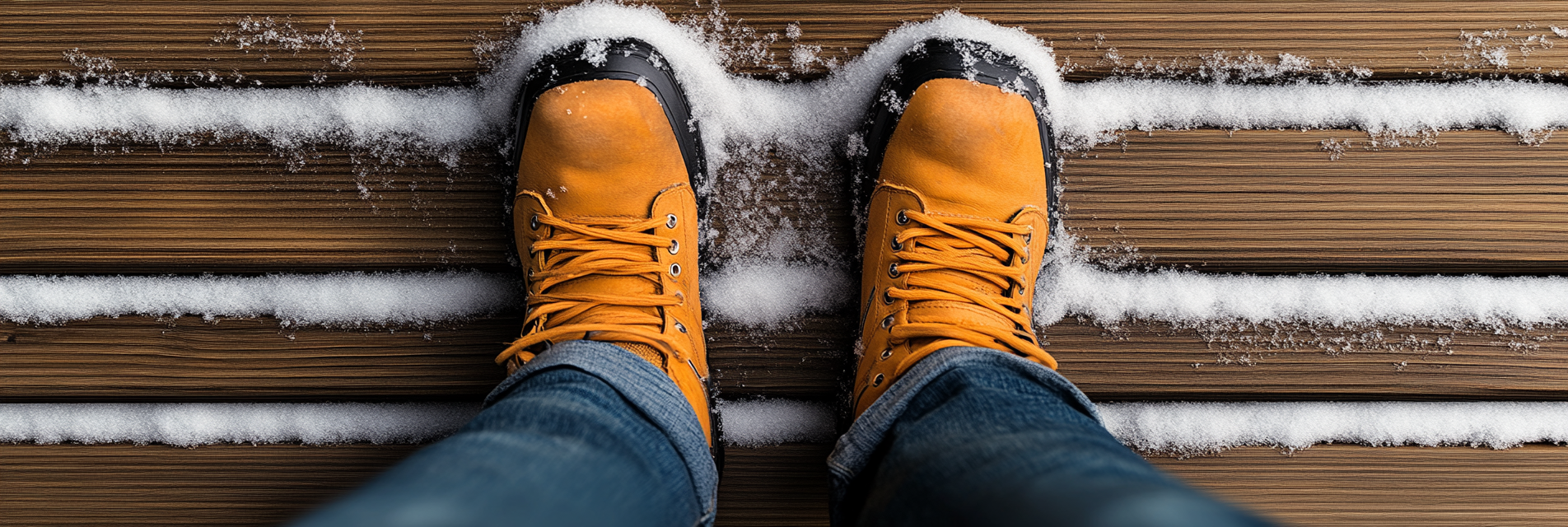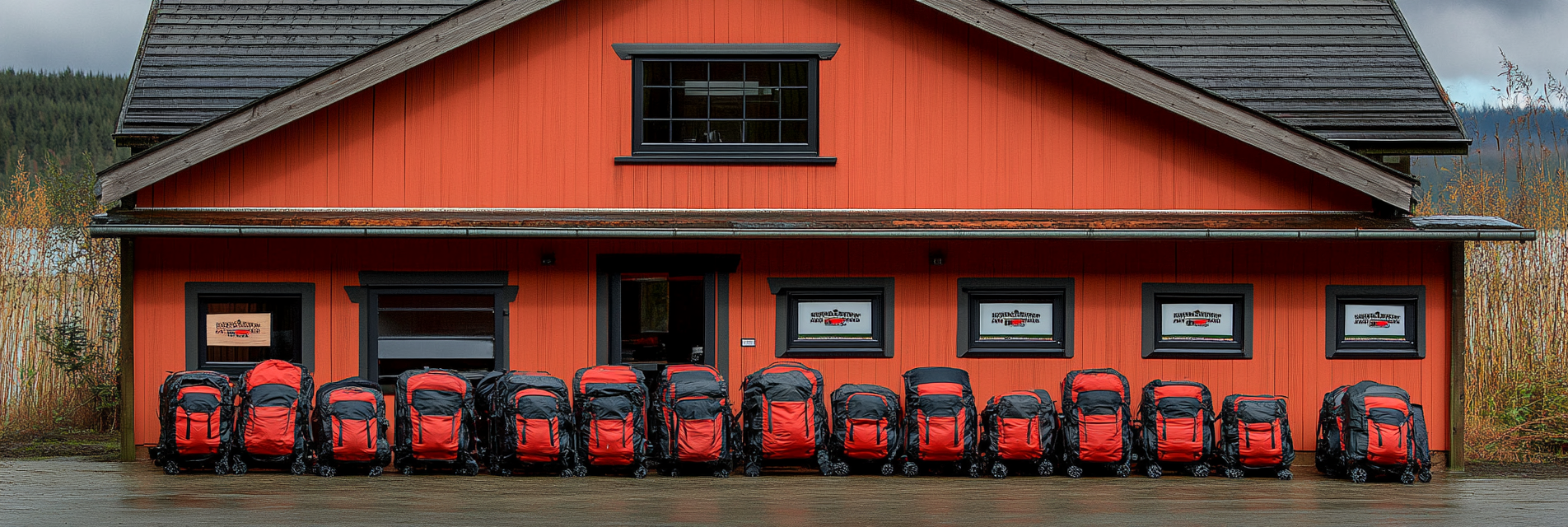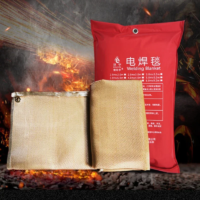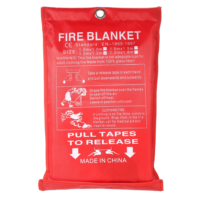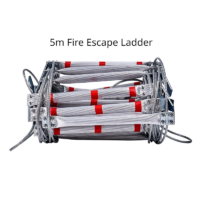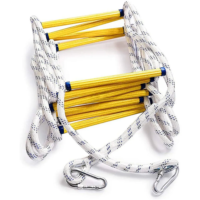Flooding is a common hazard in Washington state, particularly during periods of heavy rainfall or rapid snowmelt. Preparing your home and family for potential flooding can help mitigate damage and keep everyone safe. This article outlines key steps for flood preparation, home protection strategies, and essential supplies for weathering flood events.
1. Assess Your Flood Risk
Understanding your home’s flood risk is the first step in preparing effectively:
- Check Flood Maps: Use tools like FEMA’s Flood Map Service Center to determine if your property is in a flood-prone area.
- Consult Local Authorities: Reach out to local government offices for information on historical flooding in your area.
- Evaluate Elevation: Consider the elevation of your home in relation to nearby bodies of water.
2. Strengthen Your Home’s Flood Defenses
Taking proactive measures can help keep floodwaters out or minimize water damage:
- Seal Foundation Cracks: Inspect and seal any cracks in your home’s foundation with waterproof sealant to prevent seepage.
- Install Check Valves: These valves can prevent floodwater from backing up into your home’s drainage system.
- Use Water Barriers and Sandbags: Position water barriers or sandbags around doors and low windows to keep water out.
Product Tip: Quick Dam Water-Activated Flood Barriers are easy to deploy and expand on contact with water, providing a convenient way to block water entry.
3. Elevate Critical Utilities and Appliances
Protect key systems and equipment by elevating them above potential flood levels:
- Raise Electrical Components: Elevate electrical outlets, switches, and circuit breakers at least 12 inches above expected flood levels.
- Move Appliances: If feasible, place major appliances like washers, dryers, and HVAC units on platforms or relocate them to higher floors.
- Anchor Fuel Tanks: Secure fuel tanks to prevent them from tipping over or floating away during a flood.
4. Prepare Your Home’s Interior
Prevent damage to your home’s interior and belongings:
- Waterproof Important Documents: Store critical documents in waterproof, fire-resistant safes or containers. Consider storing them digitally, as well.
- Use Water-Resistant Materials: Consider using water-resistant building materials in basements and ground floors, such as tile or concrete instead of carpet or wood.
- Protect Valuables: Elevate valuable furniture and electronics or move them to upper levels during flood warnings.
5. Maintain Proper Drainage Systems
Ensure your home’s drainage systems are functioning well:
- Clean Gutters and Downspouts: Regularly clean gutters and downspouts to direct water away from your home.
- Check Sump Pumps: Test your sump pump periodically and consider installing a battery backup system to ensure it continues working during power outages.
- Install French Drains: A French drain can help manage groundwater and prevent water from pooling around your foundation.
6. Create a Comprehensive Emergency Kit
Your emergency kit should include essentials to last at least three days:
- Water and Food: Store one gallon of water per person per day and non-perishable food items.
- First Aid Kit: Include bandages, antiseptics, prescription medications, and other essentials.
- Flashlights and Batteries: Keep extra flashlights and batteries handy for power outages.
- Multi-Tool and Waterproof Matches: These items can be invaluable during an emergency.
Product Tip: The LifeStraw Personal Water Filter is a portable device that allows you to safely drink water from contaminated sources if necessary.
7. Plan for Evacuation
Know what to do if authorities issue an evacuation order:
- Map Evacuation Routes: Familiarize yourself with local evacuation routes and keep a physical map in case digital services are unavailable.
- Prepare a Go-Bag: Have a go-bag ready with essentials like clothes, toiletries, water, snacks, and important documents.
- Plan for Pets: Ensure your pets have carriers, food, water, and their own emergency supplies.
8. Monitor Weather and Alerts
Staying informed is crucial for making timely decisions:
- Sign Up for Alerts: Subscribe to local emergency alert systems or weather apps that provide real-time updates.
- Keep a Weather Radio: Use a NOAA weather radio for alerts, especially during power outages.
9. Protect Against Water Contamination
Flooding can contaminate water supplies, so plan for safe water access:
- Boil Water Notices: Follow local guidance on boiling water to make it safe for consumption.
- Stock Bottled Water: Keep a supply of bottled water on hand for drinking and hygiene.
- Water Purification: Consider a portable water purification system or tablets for long-term emergencies.
10. Post-Flood Recovery Tips
What you do after a flood is just as important as preparing for one:
- Avoid Standing Water: Floodwater can contain sewage, debris, and electrical hazards. Avoid walking or driving through it.
- Dry Out Your Home: Use dehumidifiers, fans, and open windows to dry out your home as soon as it is safe.
- Document Damage: Take photos and videos of the damage for insurance purposes and make a list of affected items.
- Wear Protective Gear: Use rubber gloves, boots, and masks while cleaning to avoid exposure to contaminants.
Conclusion
Flood preparedness in Washington state involves a combination of home protection, emergency planning, and proactive safety measures. By fortifying your home, preparing essential supplies, and knowing when to evacuate, you can reduce the impact of flooding and protect your family. Paul Lindberg’s Dryer Fire Fighters reminds all residents to stay vigilant, make plans ahead of time, and prioritize safety in the face of potential floods.
Serving the communities of:
Kennewick | Pasco | Richland | West Richland | Finley | Burbank | Benton City | Prosser | Grandview | Connell
As the sole certified dryer exhaust technician recognized by CSIA.org in the Tri-Cities area, Paul brings a wealth of expertise to fire prevention. His primary focus lies in addressing the root cause of many residential fires: lint buildup in dryer cavities and vents. Through rigorous inspections and thorough cleanings, Paul ensures that families and businesses can enjoy peace of mind, knowing their properties are safeguarded against fire risks.
